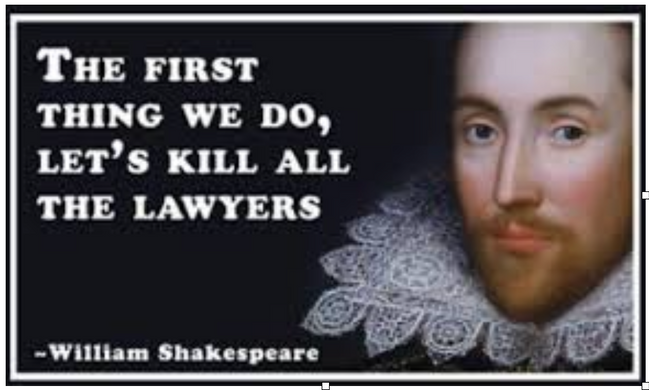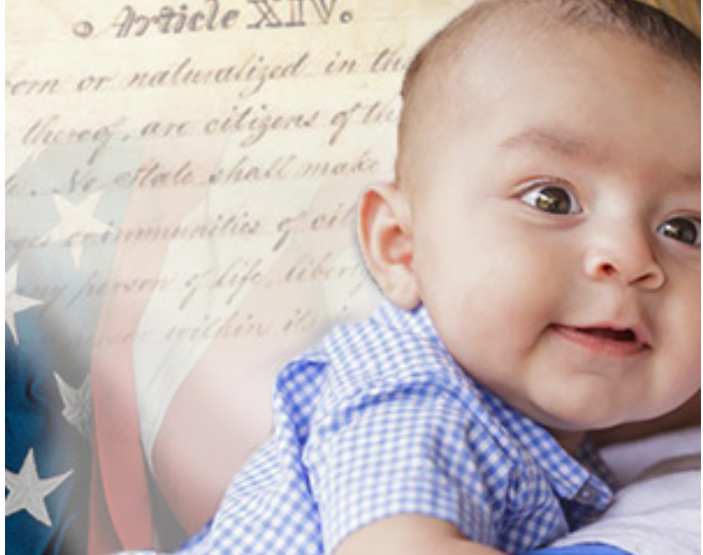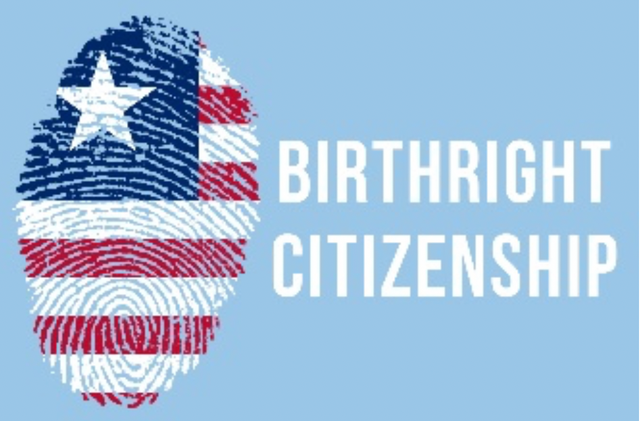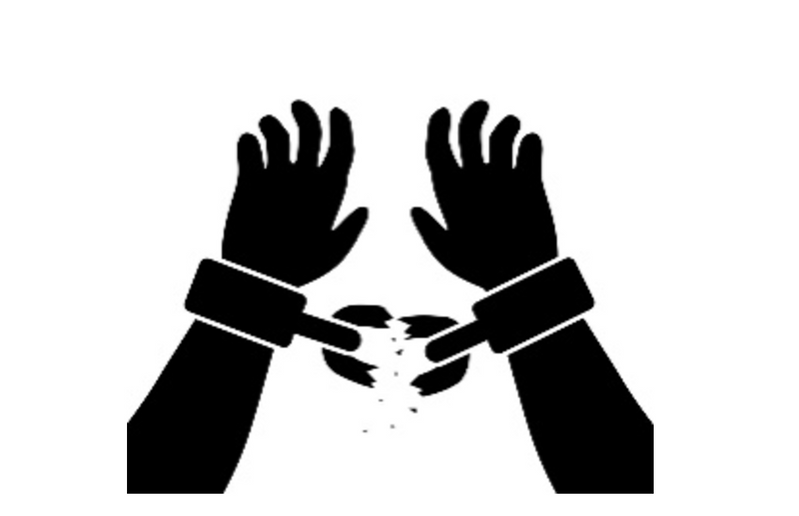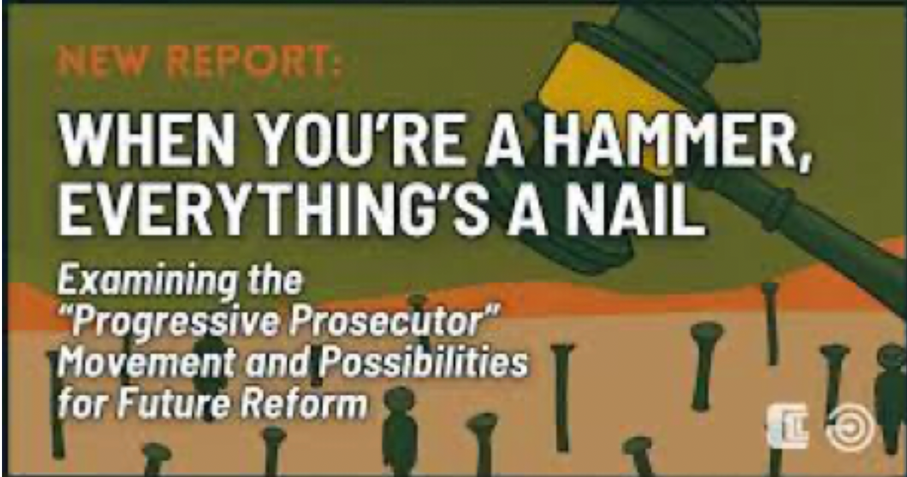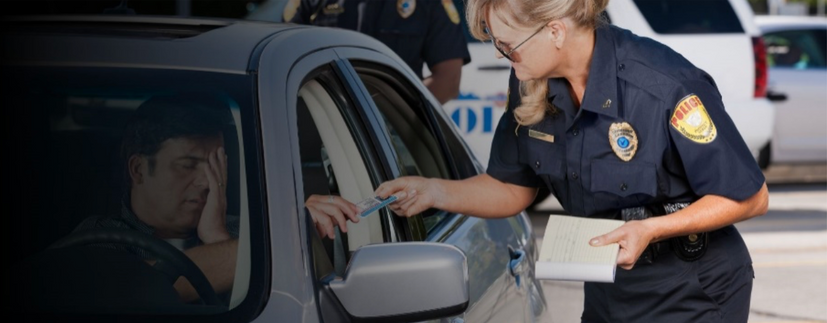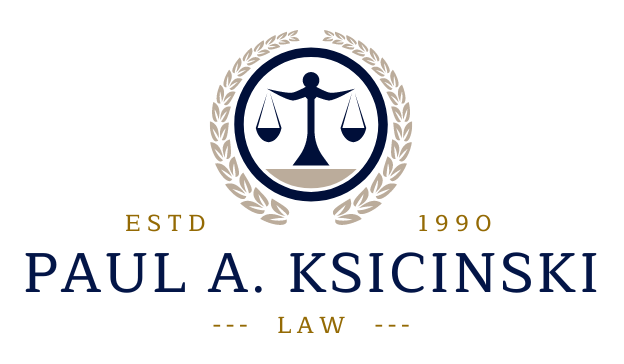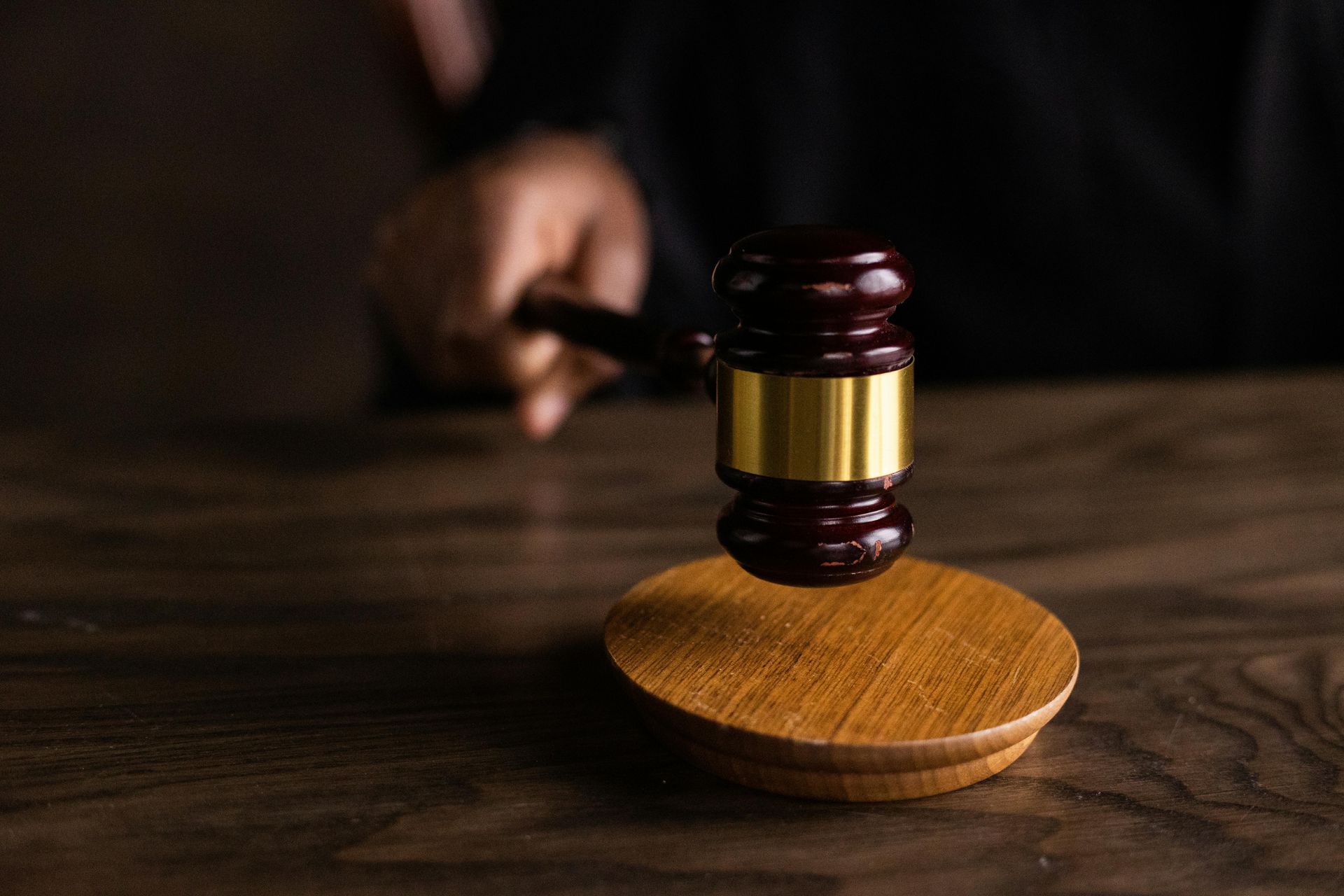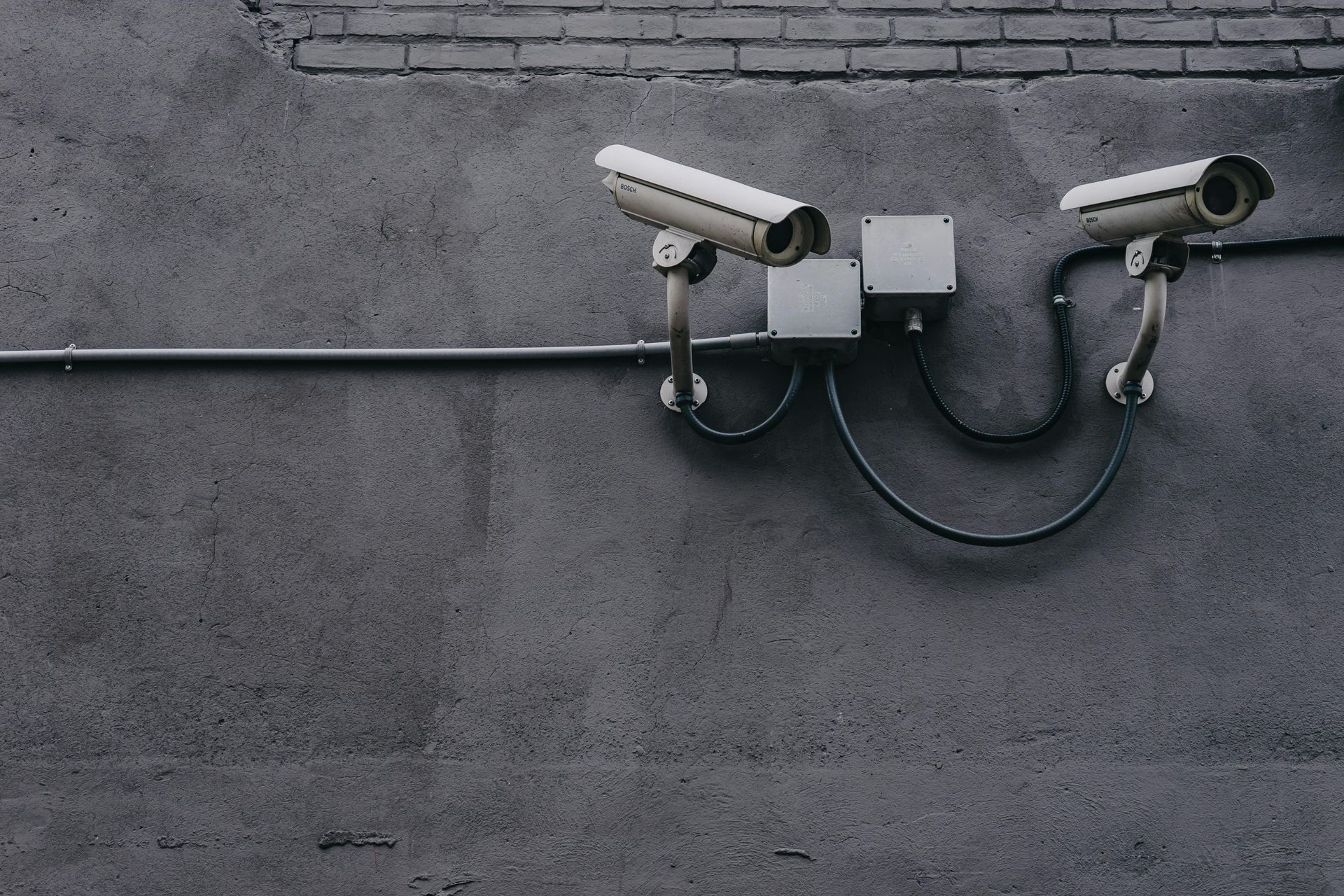ELECTION OBSERVERS
Certain political parties in Wisconsin have indicated they would have people at the polling places for the coming November election. Some election observers cause problems at the polling place. Conservative election observers tied to an ongoing lawsuit challenging Wisconsin’s absentee ballot laws, as well as past efforts to overturn the 2020 election, caused disruptions at multiple polling places and ballot processing sites in Glendale and Milwaukee, according to officials in those cities. Right-wing election observers cause disruptions in Milwaukee, Glendale polling places, https://www.cbs58.com/news/election-observers-removed-from-glendale-polling-places-after-disruptions
So the question becomes who can observe elections in Wisconsin? And what can they do as observers?
Anyone, other than a candidate on the ballot for the election, has the right to be present to observe the conduct of the election. Wis. Stat. § 7.41(1). They must check in with the chief election inspector and be issued an Election Observer tag or badge.
However, observers may not conduct any of the following disorderly activities while monitoring the conduct of the election and/or election administration event.
1. Wear clothing or buttons related to candidates, parties, or referenda that are intended to influence voting at the election.
2. Interact with voters, except when asked by an elector to provide assistance in marking their ballot.
3. Watch voters mark their ballots.
4. Have conversations about candidates, parties or ballot questions.
The Wisconsin Elections Commission has established Administrative Rule EL Chapter 4, outlining a set of rules for observers at the polling place or other location where votes are being cast, counted, canvassed or recounted. See, chrome extension://efaidnbmnnnibpcajpcglclefindmkaj/https://docs.legis.wisconsin.gov/code/register/2022/803a3/register/ss/ss_089_22/ss_089_22.pdf
A summary of the observer rules must be provided to each observer. The Wisconsin Election Observers Rules-at-a-Glance brochure may be used to meet this requirement and is available on the agency website. There is no requirement for observers to obtain a permit. All observers will be accorded the same respect regardless of their party affiliation or non-affiliation.
A designated observation area at the polling place or other location where votes are being cast, counted, canvassed or recounted should permit observers to hear instructions and to readily observe all public aspects of the process without disrupting the activities. If observers are unable to hear the election inspectors and voters, they may ask for the instructions or information to be repeated. However, there is no requirement that the instructions or information be broadcast at a specific volume. If space permits, observers may move within the designated observer area to better view and/or hear the interactions. To ensure the orderly conduct of the election and/or election administration event, and if necessary due to physical limitations of the host location, an election official may reasonably limit the number of observers representing the same organization or candidate.
Observers may silently use cell phones in the polling area. Observers may not use cell phones to take or make voice calls (ringer should be silenced). Observers may not take photographs or videos in the polling place. The chief inspector may prohibit an observer from using a cell phone if it is deemed disruptive.
While observers are present, they are prohibited from electioneering or interfering with the orderly conduct of the election and/or election administration event. Any observer who engages in loud, boisterous, or otherwise disruptive behavior with other observes or voters that the election official believes threatens the orderly conduct of the activity or interferes with voting may receive a warning from the election official. If a warning has been issued, and the offending observer continues the disorderly behavior, the chief inspector should order the offending observer to depart the location.
If the offending observer declines or otherwise fails to comply with the chief inspector’s order to depart, the chief inspector should summon local law enforcement to remove the offending observer. In the event that the chief inspector orders an observer to leave a location, the chief inspector is required to provide a written order to the observer (EL-110) which includes the reason for the order and the signatures of the chief inspector as well as another election inspector election official representing the opposite political party, if available.
The chief inspector has sole authority to order the removal of an observer, but another election inspector may note his or her concurrence or disagreement with the decision on the Inspectors’ Statement (EL-104). When an EL-110 is completed, the municipal clerk or board of election commissioners is required to notify the WEC of the incident within seven days. This notification should include a copy of the EL-110, if available, and the portion of the Inspectors’ Statement which documents the incident. WEC staff will use this information to provide a summary to the Commission after each election of all reported incidents.
Observers are not permitted to handle an original version of any official election document, including voter registration forms and/or proof of residence documents while voters are registering.
Observers may examine the poll list so long as they do not interfere with election official responsibilities. The poll list may not be handed to the observers. The election official determines whether it is an appropriate time to allow an observer to examine or photograph the poll list.
If voters are standing in line to have their names recorded and to receive a ballot, it is not an appropriate time to allow observers to view the poll lists. The poll list must remain under the control of election officials at all times. Observers are not permitted to make a photocopy of or take photographs or video of proof of residence documents and voted ballots.
MEDIA OBSERVERS
Members of the media may be present at the public location hosting an election and/or election administration event but cannot interfere with the activities. Members of the media are strongly encouraged to conduct the majority of their activities outside of the room where the election is being conducted. It is the responsibility of the election official to deal directly with any media person who is harassing voters.
Generally:
1. Communications media observers shall be permitted to use photography and video cameras provided the cameras are not used in a manner that allows the observer to see or record how an elector has voted and provided the cameras do not disrupt or interfere with voting or disrupt the orderly conduct of the election.
2. Contact with electors in the voting area should be limited. This includes interacting with voters who are waiting in line to check-in and/or cast their ballots.
3. Interviews should be held outside of the voting area to ensure doors and entrances are not blocked and the voting process is not disrupted.
Finally, electioneering is any activity intended to influence voting at an election. Electioneering is prohibited on public property within 100 feet of any building entrance a voter may use to access the polling place. This does not apply to private property within the 100 feet rule. Wis. Stats. §§ 12.03(2), 12.035(3). There is an exception for election-related bumper stickers on vehicles parked within 100 feet of an entrance to a polling place for the length of time it takes for the occupants to vote.
If it appears that the primary purpose of parking a vehicle within 100 feet of an entrance to a polling place is to influence voting, then election inspectors should attempt to contact the vehicle owner and have them move and should contact a law enforcement officer.
SOURCE: Election Day Manual for Wisconsin Election Officials (Aug. 2024)
